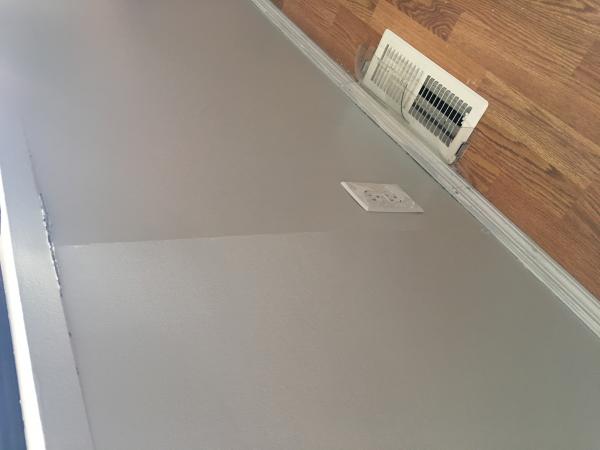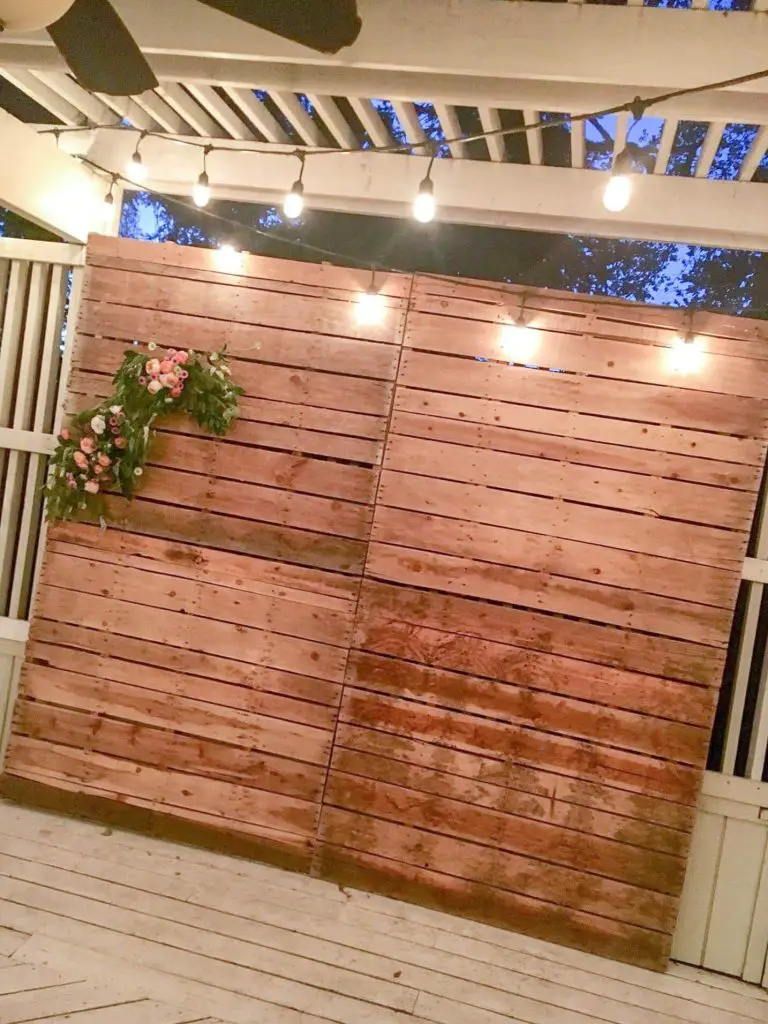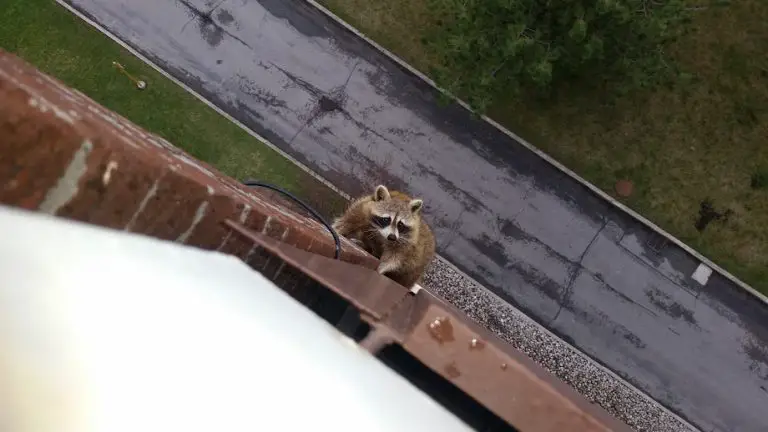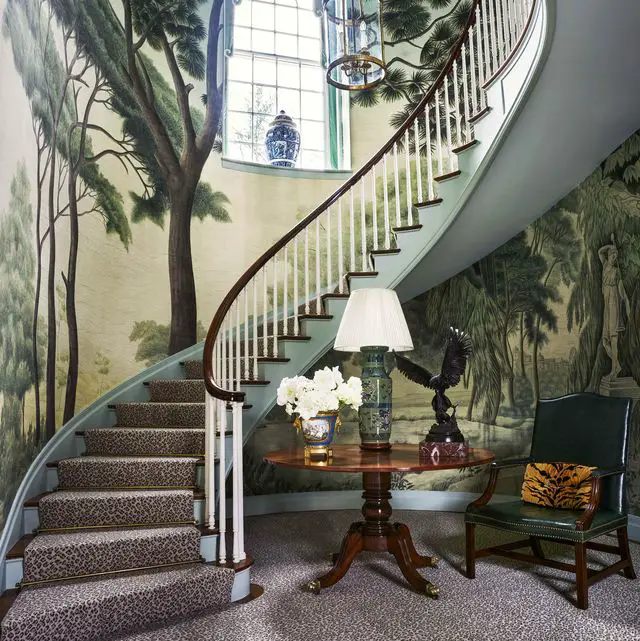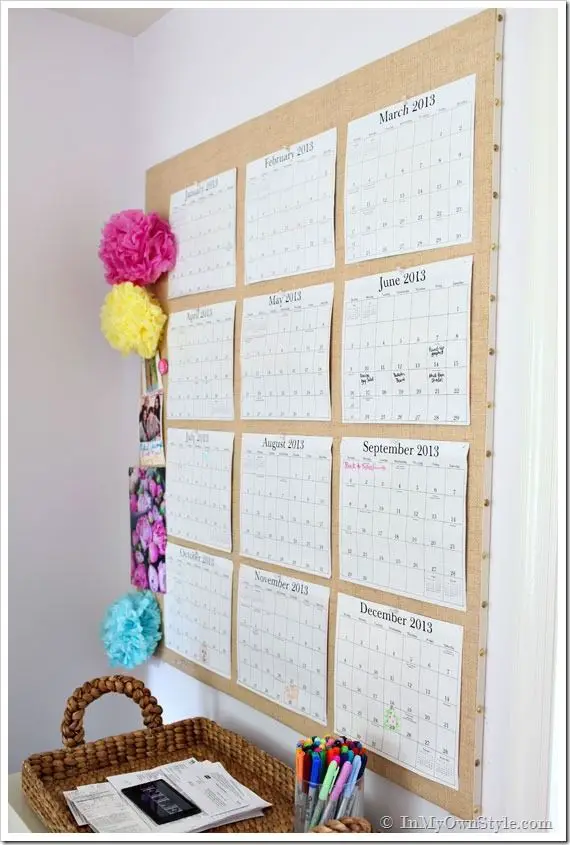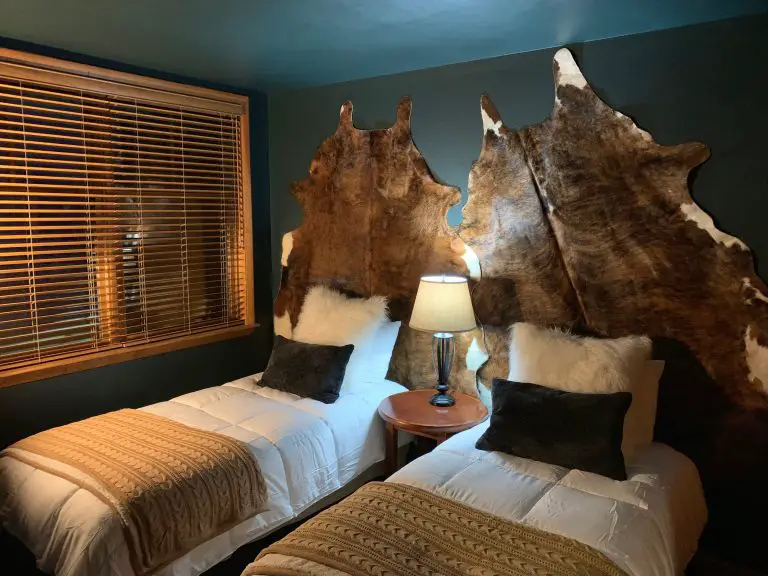Why Is My Interior Wall Bowing
Interior walls are important structural components of a home. They provide support and stability to the building, and the interior walls are often the first line of defense against water damage and other issues. Unfortunately, when interior walls start to bow or bend, it can be a sign of a serious underlying structural problem. Bowing walls are often caused by water infiltration, poor construction, or a combination of both. Understanding the cause of the bowing wall and taking the necessary steps to correct it is essential to the safety and integrity of the building.
What Causes an Interior Wall to Bow
An interior wall bowing can be caused by a variety of issues, ranging from structural damage to moisture or humidity imbalances. It’s important to identify the root cause of the bowing to ensure the issue is properly addressed.
Structural damage is one of the most common reasons for an interior wall to bow. This can be caused by a shifting foundation, poor construction, or damage from a natural disaster. In these cases, the wall will need to be repaired or replaced.
Moisture can also cause an interior wall to bow. This can happen when there is an excessive buildup of moisture in the wall, such as from leaks or condensation. To address this, the source of the moisture needs to be identified and fixed. In some cases, a dehumidifier may be necessary to reduce the humidity in the room and prevent further bowing.
Temperature imbalances can also cause interior walls to bow. When the temperature in a room is significantly different than the temperature outside, the wall can expand and contract, leading to bowing. To address this, homeowners should ensure the temperature in the home is consistent, and consider installing insulation to reduce temperature fluctuations.
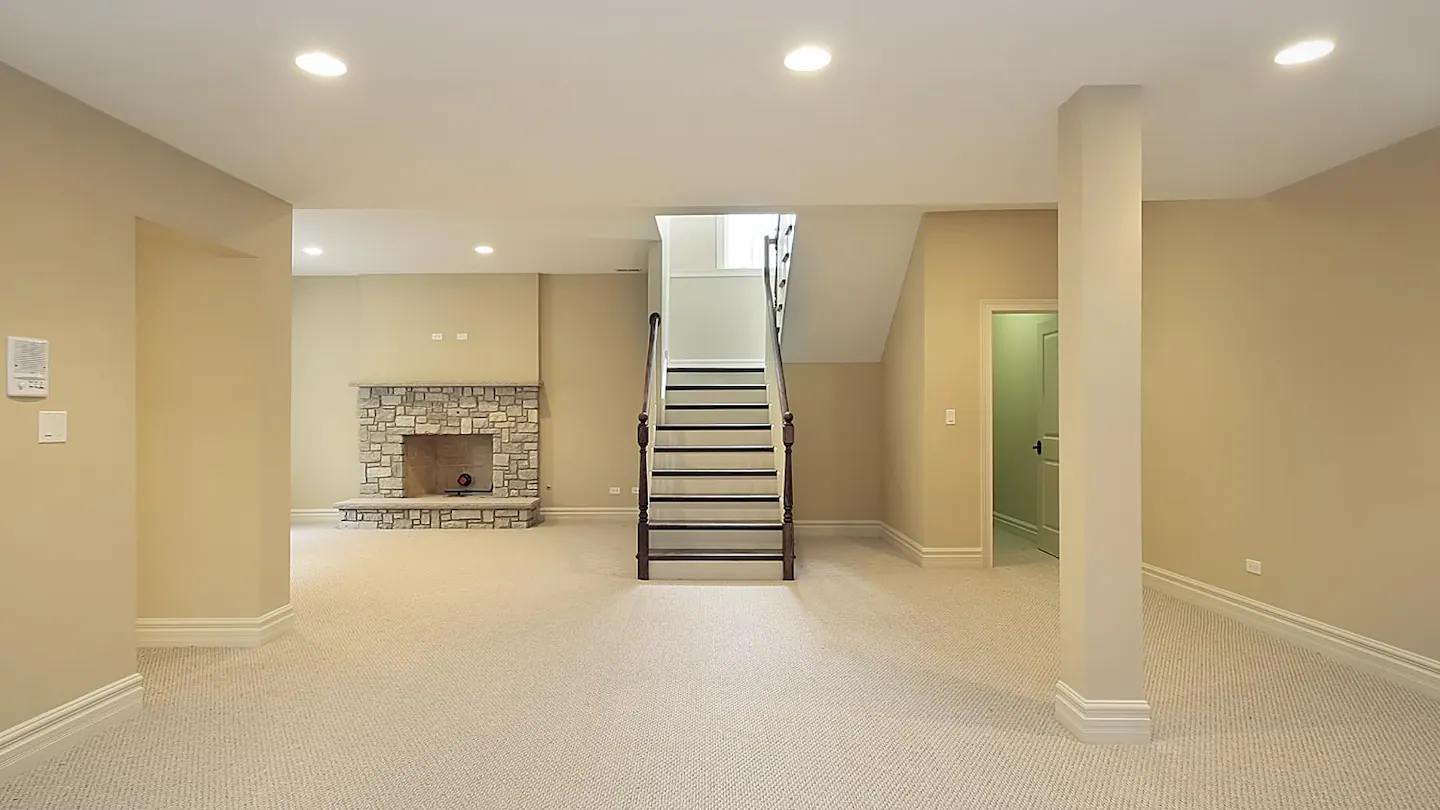
Identifying the Signs of a Bowing Wall
Having an interior wall bow can be a sign of serious structural damage to your home. It can be caused by several different factors, such as moisture infiltration, foundation movement, or even poor construction. It is important to identify the signs of a bowing wall early so that you can take appropriate measures to repair the damage.
The most obvious sign of a bowing wall is a visible bulge or distortion in the wall itself. You may also notice that the wall has shifted from its original position or that the drywall is starting to crack. If you try to push on the wall, you may feel a spongy or springy resistance. The wall may also feel like it is separating from the floor, window, or ceiling.
In some cases, bowing walls can be caused by a combination of factors. For example, if you have a wall that is not properly insulated, it may be more vulnerable to damage from moisture. Poor drainage or plumbing leaks can also contribute to the problem. In any case, it is important to inspect your walls regularly for signs of bowing and to take immediate action to repair any damage.
Diagnosing the Severity of the Problem
The bowing of interior walls can be a sign of serious structural damage, but not all bowed walls are equal in terms of the severity of the problem. It’s important to know the difference so that you can take the appropriate steps to repair the issue. In this blog, we will discuss the severity of bowed walls and how to identify them.
When assessing the severity of a bowed wall, there are a few things to take into account. To start, the shape of the wall is an important indicator. If the wall is curved in a gentle arc, it may not be as severe of an issue as a wall that is bowed at an extreme angle. Also, it’s important to look at the angle of the wall about the floor or ceiling. If the angle is not drastically sloped, it may not require as much attention as a severely sloped wall. Additionally, the amount of bowing, and the speed at which it is occurring, are important factors to consider. If the wall is only slightly bowed and the issue is not progressing, it may not be as severe as a wall quickly bowing.
Finally, it’s important to look at any other signs of damage that may be present. If the wall is also cracking, crumbling, or settling, it is likely to be a sign of serious structural damage. If any of these signs are present, it’s important to take the necessary steps to repair the issue.
Inspecting for Potential Causes
When it comes to structural integrity, a bowing interior wall can be a cause for concern. Before attempting to repair the wall, it’s important to identify and address the underlying cause of the bowing. There are a few potential reasons why a wall might be bowing.
One of the most common causes is excessive moisture. If the wall has been exposed to a high level of humidity, the wood can warp, causing the wall to bow. In this case, the wall should be thoroughly dried and, if necessary, treated with a water-resistant sealant.
Another potential cause of a bowing wall is inadequate support. If the wall joists aren’t adequately spaced, they can become overloaded, forcing the wall to bow outward. In this case, the wall should be reinforced with additional joists, and the spacing between the joists should be adjusted.
In some cases, a bowing wall is caused by a plumbing leak. If a pipe bursts or develops a slow leak, water can seep into the walls and cause them to bow. To fix this problem, the leak should be fixed and the wall should be dried and treated with a sealant to prevent further damage.
If a bowing wall is not addressed, it can cause further structural damage and compromise the safety of the building. By recognizing the potential causes of a bowing wall and taking corrective measures, you can prevent further damage and maintain the structural integrity of your home.
Potential Solutions to Fixing the Bowing Wall
As a homeowner, you may have noticed that one of your interior walls is beginning to bow. This is a sign of a serious structural issue and must be addressed quickly and effectively. While it can be intimidating to figure out the source of the issue and how to fix it, there are several potential solutions to consider.
The most common solution for a bowing interior wall is installing wall anchors. This involves drilling holes into the wall and installing specially designed metal anchors. Once the anchors are in place, they help to transfer the load of the wall to the foundation of the house, providing additional support.
In some cases, it may be necessary to add additional support to the wall, such as a steel beam. This is a more complex and expensive solution, but it can be very effective for walls that are severely bowed. It is important to have a professional contractor inspect the wall and determine the best course of action.
Another solution is to reinforce the wall with a wall panel. This involves attaching one or more panels to the wall to provide additional structural support. It is important to select a panel that is designed to handle the load of the wall.
Preventing Future Wall Bowing
Every homeowner wants to keep their home in the best shape possible. But what happens when you notice that one of your interior walls is bowing? This can be an alarming sight, but it’s important to understand why it’s happening and how to prevent future bowing.
The most common reason for wall bowing is water damage, which several factors can cause. Poor drainage, faulty plumbing, and roof leaks are all potential culprits. In some cases, bowing walls may be due to the house settling over time. In any case, it’s important to identify the source of the problem and address it before further damage is done.
The best way to prevent wall bowing is to take steps to ensure that your home’s interior is properly sealed and waterproofed. Make sure that all windows and doors are properly sealed, and that there are no cracks or gaps in your walls. Additionally, inspect your roof for any signs of damage, such as missing shingles or broken flashing. If you find any issues, it’s best to get them fixed right away.
Addressing any Structural Damage
Interior walls are an integral part of any home, providing structure and support to the entire dwelling. But, when interior walls start to bow, this can be a sign of a serious structural problem. Homeowners should be aware of the signs of a bowing wall and take steps to address any underlying issues as quickly as possible.
Structural damage can be caused by a variety of factors, from moisture buildup to poor construction or foundation repair. Water damage is often the culprit, as it can seep into the wall structure and cause the walls to bow or warp. Another common cause of bowing walls is inadequate or faulty bracing or framing. If the bracing or framing is not strong enough to support the wall, it can cause the wall to buckle under pressure.
It is important to inspect the interior walls of your home regularly for signs of structural damage. If you notice any bowing or warping, contact a licensed contractor or structural engineer to inspect the area and assess the cause. They can provide you with the best advice on how to repair the damage and prevent any further issues.
In summary, a bowed or warped interior wall can be a sign of a serious structural problem that should be addressed as soon as possible. If you suspect any structural damage to your home, contact a professional to inspect the area and advise you on the best course of action. With the right repairs, you can ensure your home remains safe and structurally sound.
Professional Assistance for Wall Bowing Issues
Have you noticed that one of your interior walls is bowing? It’s important to address this issue as soon as possible as wall bowing can cause a variety of problems, such as cracking or buckling drywall, structural damage, and even mold growth. Professional assistance is the key to resolving wall-bowing issues quickly and safely.
Interior wall bowing can be caused by a variety of factors, such as water damage, poor construction, or inadequate structural support. A qualified contractor can identify the cause of the problem and take measures to ensure that it is corrected. In some cases, this may involve reinforcing the wall with additional framing or replacing the wall entirely.
Expert contractors also have the tools and skills needed to repair any damage caused by wall bowing. This could include repairing cracks in the drywall, replacing broken tiles, and addressing any moisture issues that may have caused the bowing in the first place. In some cases, mold remediation may also be needed.
If you have noticed that your interior wall is bowing, it’s important to contact a professional contractor for assistance. Only a trained and experienced contractor can accurately assess the cause of the problem and take the necessary steps to ensure that the issue is corrected and the wall is brought back to its original condition.
Conclusion
Bowing of interior walls is a serious issue that can occur due to a variety of reasons, including improper construction, foundation settlement, water damage, and extreme weather conditions. If you notice any signs of your interior wall bowing, it is important to take immediate action. Consulting a professional contractor or engineer is the best way to identify the cause of the bowing and determine the best course of action. Taking early action can help prevent further damage and costly repairs in the future.

